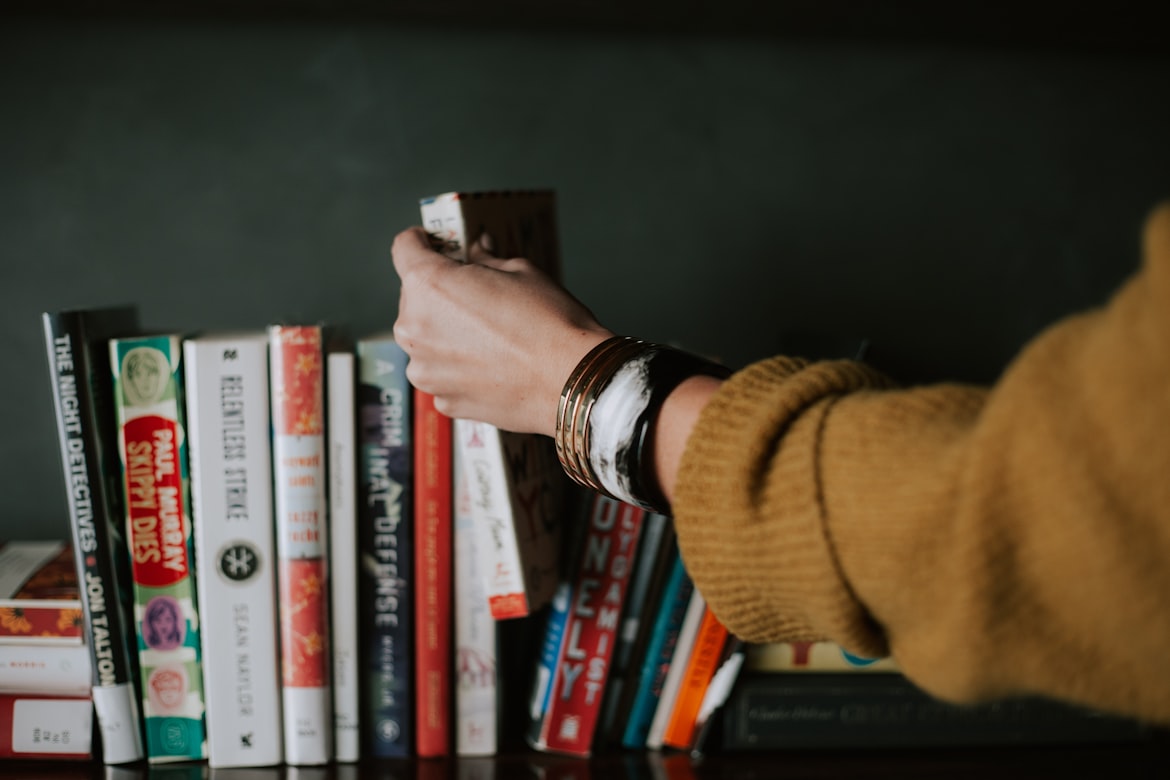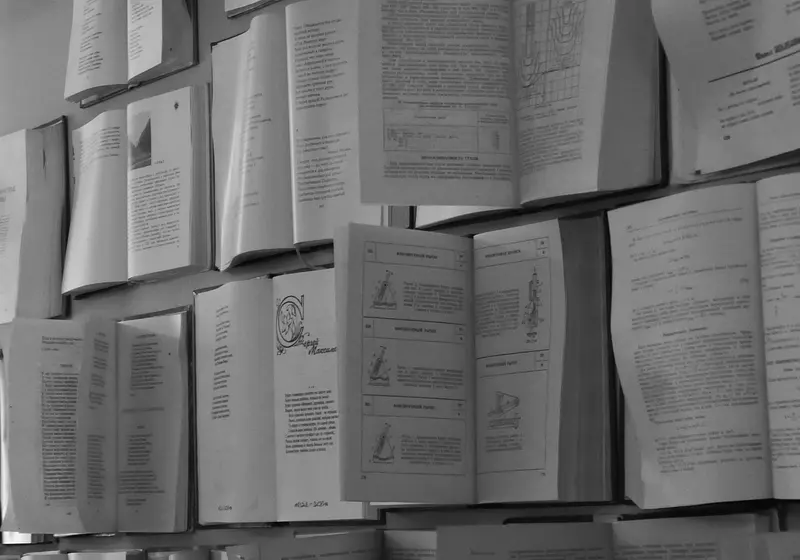In an attempt to preserve the innocence of children, hundreds of books are banned from schools, stores, and libraries each year. When someone challenges or attempts to ban a book, they make a decision for everybody based on their beliefs alone without considering others' opinions. The most common reasons for banning books are sexually explicit scenes, violence, or just opposing a popular belief. However, those challenging books often do not consider whether the overall message or even the rest of the book is valuable despite having one part they do not agree with or like.
Image Credit: Stefzn from Unsplash
This has been happening for a long time, but has been especially prevalent in the 20th and 21st centuries. Most popular classic books you have probably read in school or at least heard of have been banned at least once, along with many newer books.
The issue the United States is dealing with in the present is the banning of books in multiple states due to diverse racial and LGBTQIA+ representation, depriving students of all ages from learning about the growing state of the country. This does not hinder change and diversity in the whole country, but it does create a new generation of ignorance instead.
It is immensely important to understand this problem and its potential consequences. Begin by looking at the past.
Let us slide into your dms 🥰
Get notified of top trending articles like this one every week! (we won't spam you)History of book censorship
Book censorship has existed for most of history, some dating back to BC and AD: Homer's The Odyssey was banned in Rome for expressing Greek ideas of freedom. The first case of book banning in the United States was The New English Canaan of Thomas Morton in 1637 for its critique of Puritan values, but the first time a book was banned on a national level was in 1851 with Harriet Beecher Stowe's Uncle Tom's Cabin. Stowe's novel was challenged and then banned for many reasons, the main one being its anti-slavery sentiments.
Since then, thousands of books have been challenged:
Diary of a Young Girl by Anne Frank was officially banned in Virginia in 1982 when parents of students complained about its "sexually offensive" passages. The passages in question are of Anne Frank, a then thirteen-year-old girl, describing her growing body.
In the years following, it was banned and removed from multiple libraries throughout the country due to its supposed explicitness and the fact that it is too "depressing". Anne Frank's diary is a crucial resource to understand the Holocaust and empathize with those affected, but rather than focus on its values and importance, many people have chosen to ban it based on a few pages.
Ironically, Farenheit 451 by Ray Bradbury, a book about book censorship, has been challenged and banned multiple times. In this dystopian novel, the government burns books, claiming that without books everybody will be more similar and will therefore get along better, when, in reality, burning books is a form of government control. Many have tried to ban this book on account of "vulgar language" and depictions of drugs and drinking.
Like with Diary of a Young Girl, many have chosen to ignore the important message and focus on one or two small things. They choose to completely deprive themselves and others of knowledge and new perspectives rather than ignoring a couple of passages they may not agree with or enjoy.
Image Credit: Freddy Kearey from Unsplash
Here are a few more books that have been banned in the 20th century:
The Great Gatsby by F Scott Fitzgerald
To Kill a Mockingbird by Harper Lee
The Catcher and the Rye by JD Salinger
The Color Purple by Alice Walker
1984 and Animal Farm by George Orwell
You probably are not surprised to read that these books have been banned in the past as things like violence, harsh language, and sexually explicit scenes were not as mainstream in the media as they are today. However, book censorship is not a thing of the past.
Take the Quiz: Which Indian city is the perfect holiday spot for you!?
Let's match you with an Indian city that you would love!
Modern Book Censorship
In the first half of the 2022-2023 school year, 1,477 books were banned from schools. This number is far greater than years prior, most likely due to the fact that the criteria for a book ban is expanding. In 2022, along with previous reasons like violence and explicitness, 30 percent of banned books include non-white characters or discuss racial issues and 26 percent include LGBTQIA+ characters or themes.
Image Credit: Christin Hune from Unsplash
The Hate U Give by Angie Thomas is about a black teen who witnesses the murder of her friend at the hands of a police officer. This book addresses themes of racism, police violence, and more, yet has been challenged and banned multiple times due to "inappropriate language" and violence. Yes, it does feature strong language and intense violence, but it is not worth pulling this book from library shelves and depriving students of the story and its themes.
Drama by Raina Telgemeier, a middle-grade graphic novel about a middle school drama class, has been banned multiple times because of its inclusion of two gay characters. Telgemeier has been accused of "hiding agendas" in her books and Drama was banned in Texas on account of "sexual explicitness", which is really just two boys kissing on stage.
Here are a few more modern banned books you have probably heard of or read:
Gender Queer: A Memoir by Maia Kobabe
All Boys Aren't Blue by George M. Johnson
Looking for Alaska by John Green
The Perks of Being a Wallflower by Stephen Chbosky
Heartstopper by Alice Oseman
These books are typically banned on account of explicitness, violence, or strong language, but the pattern is undeniable: most modern banned books include racial and LGBTQIA+ themes.
The Consequences of banning books
Books and stories serve as valuable tools to learn about different perspectives, to expand knowledge, and evoke empathy. Experiencing different viewpoints and perspectives can be uncomfortable at times, but banning books entirely is not the correct response. Books can be pulled from libraries and schools, but the stories within them are still inspired by the real world.
Books featuring violence and injustices can be taken away to "protect" children, but violence and injustices will persist in the world. Books with LGBTQIA+ representation can be hidden from children, but this will only create ignorant individuals in a world where the community is real and will not remain hidden.
Image Credit: Annie Spratt from Unsplash
That is the major consequence: ignorance. Children are naturally self-focused, so they are told stories and taught to read from a young age in order to develop empathy. Book censorship purposely narrows down the range of books a child can read until the narrative is completely controlled.
What can you do?
You have probably heard the phrase "Read Banned Books", seen it in bookstores or on laptop stickers: that is exactly what you should do. Book banning is about suppressing information, so don't let that happen. Read classic banned books or modern banned books, in fact you probably already have. Celebrate banned book week in October and collect information and perspectives that will move you and the world forward, not backward.















